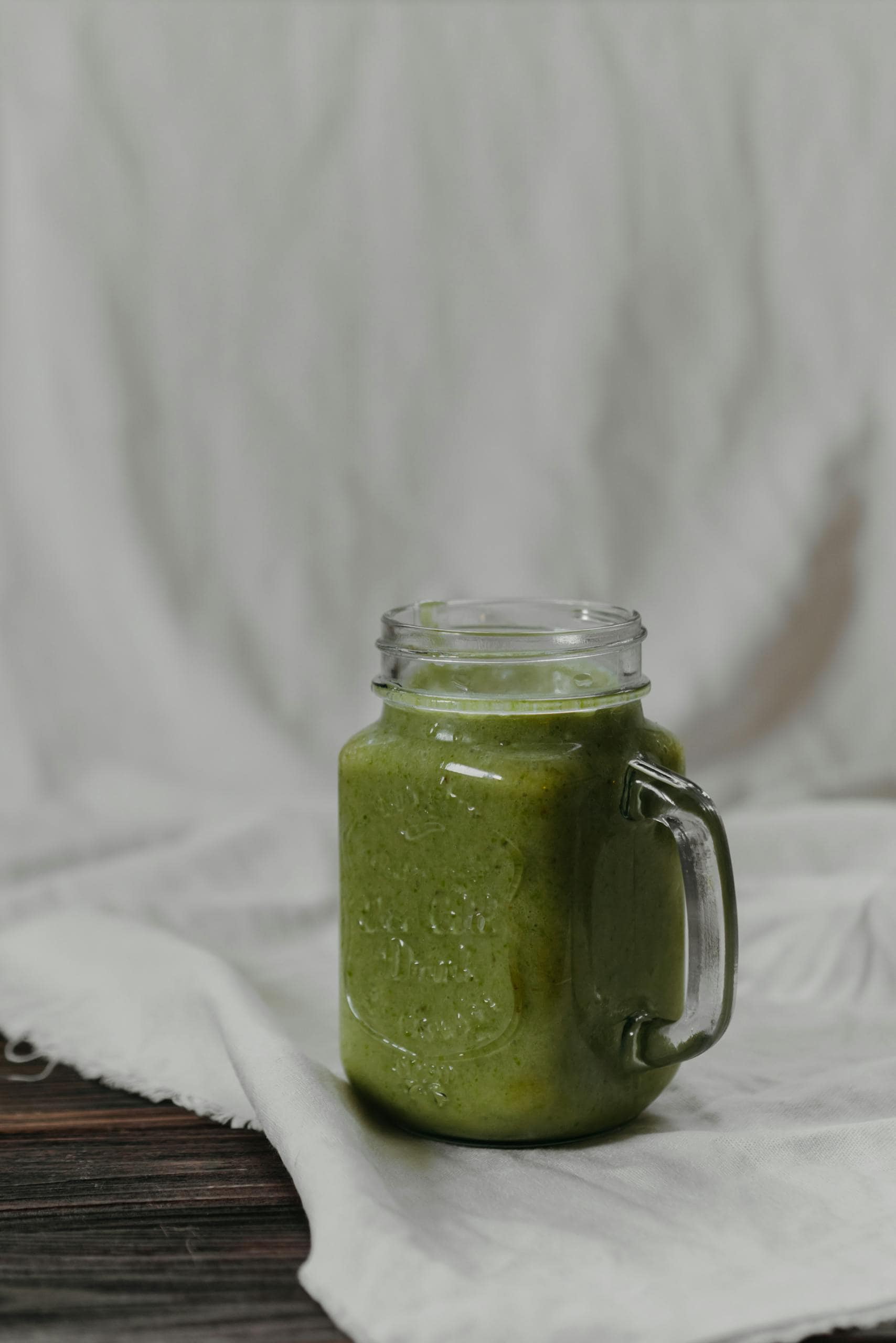Wheatgrass Benefits for Wellness Beginners
Wheatgrass: A Nutrient Powerhouse
Wheatgrass, praised for its rich nutrient profile, is gaining traction among health enthusiasts. This guide introduces wheatgrass, detailing essential aspects like dosage, forms, side effects, and tips for beginners. By comprehending the health advantages and proper usage of wheatgrass, individuals can embark on a wellness journey, making it a valuable addition to their diets.
What is Wheatgrass?
Wheatgrass is the young grass from the wheat plant, Triticum aestivum, typically enjoyed in juice or powdered form. Bursting with vitamins, minerals, and antioxidants, it is often touted for its potential health perks. Many users believe that wheatgrass can enhance immunity, promote digestion, and improve skin health. The secret to unlocking these benefits lies in understanding the suitable forms and dosages.
Forms of Wheatgrass: Powder vs. Fresh
Wheatgrass is available in two primary varieties: fresh juice and powdered form. Fresh wheatgrass juice is brimming with nutrients and is considered to offer the most significant benefits. It is rich in chlorophyll, which many enthusiasts believe aids in detoxifying the body. On the other hand, powdered wheatgrass presents a more convenient choice, boasting a longer shelf life and easy integration into smoothies or recipes. Both forms are effective; the key is to select the one that aligns with your lifestyle.
Recommended Dosage
When starting with wheatgrass, the dosage significantly impacts its effectiveness. For newcomers, it’s wise to begin with 1 ounce (30 mL) of fresh juice or approximately 1 teaspoon (3 grams) of powder. Gradually upping the dosage may assist your body in adjusting while reducing potential side effects. Consulting a healthcare professional before implementing significant dietary changes is always advisable.
Potential Side Effects of Wheatgrass
While wheatgrass is generally safe for most, it can come with potential side effects. Commonly reported effects include nausea, headaches, and digestive discomfort, particularly when consumed in large amounts. It is prudent to start slowly and monitor your body’s reactions. Additionally, those with severe allergies to grasses should proceed with caution.
Tips for First-Time Users
For those trying wheatgrass for the first time, here are some useful tips to incorporate it into your wellness routine:
- Start Slow: Initiate with small amounts to assess your body’s reaction.
- Choose Quality: Select organic sources to steer clear of pesticides and chemicals.
- Stay Hydrated: Drink ample water to assist your body in processing the nutrients.
- Be Consistent: Regular consumption may lead to improved results over time.
Conclusion: Embracing Wheatgrass in Your Diet
Integrating wheatgrass into your diet can present numerous health benefits, enhancing your overall wellness journey. By understanding its forms, proper dosages, and possible side effects, you can make informed choices. As with any supplement, the cornerstone of success lies in moderation and tuning into your body. As you delve into the world of wheatgrass, it can serve as a formidable ally in realizing your wellness aspirations.







